

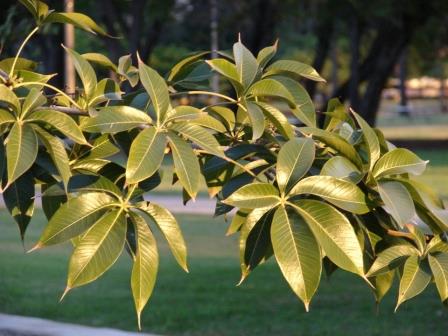
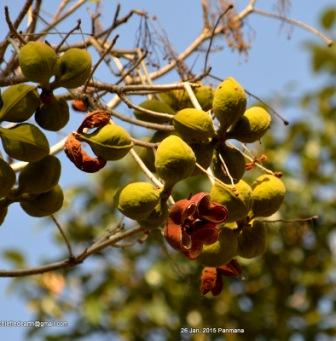
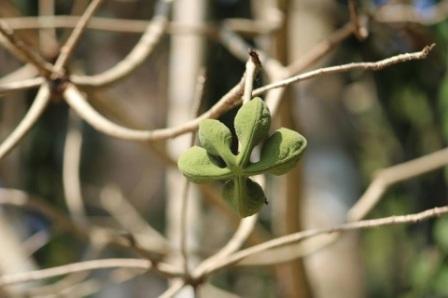
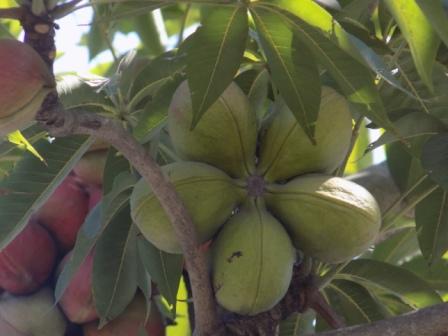
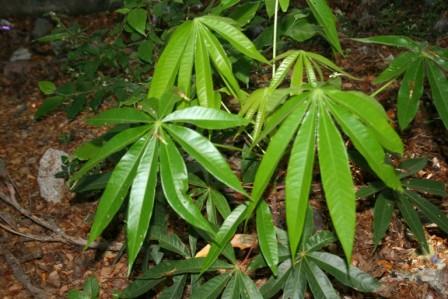
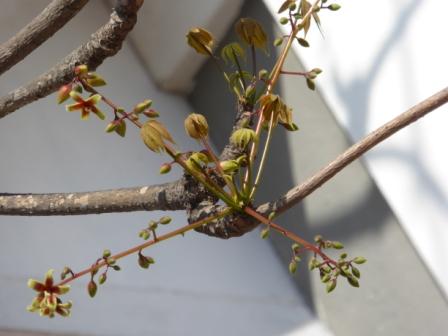
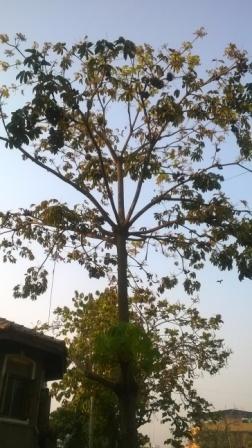
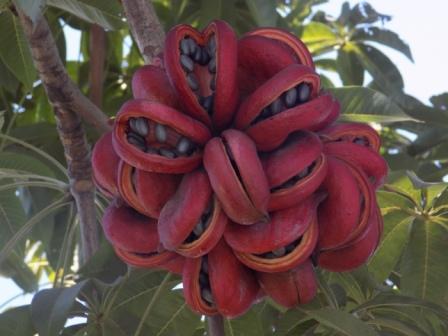
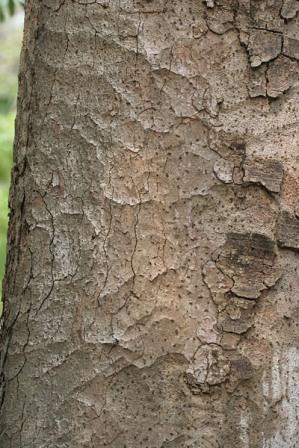
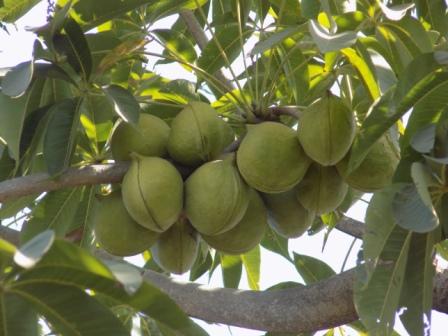
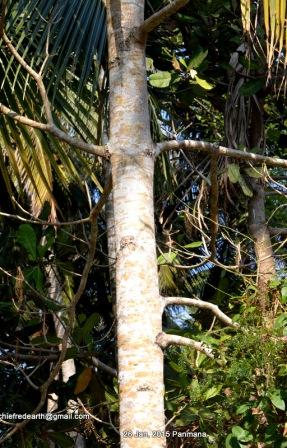
Java olive is an attractive, umbrella-shaped, spreading deciduous tree that can grow up to 40 metres tall, but is usually small. The straight, cylindrical bole is up to 90cm in diameter. A multi-purpose tree, it is often harvested from the wild, providing a popular food, as well as medicines and a range of materials for local use. The plant is often cultivated as an ornamental in many parts of the tropics, even though its flowers are malodorous. Coming across a Java Olive in bloom ones would think that one was near an open sewer, and any part of the tree when bruised or cut emits this unpleasant odour
The species is inE. Asia - India, Sri Lanka, Myanmar, Thailand, Cambodia, Malaysia, Philippines to Australia.
Natural Regeneration Propagation is mainly done by seeds. Artificial Regeneration Propgated mainly by seedlings and cuttings Seed collection Storage Seeds are the best material for propagation of plant. The collected seeds are dried in the sun after removing the pulp.Preferably, fresh seeds should be used. The plant can also be propagated through cuttings. The seeds are dried and stored In gunny bags , but it cant store for longer time becaue the insects may affect the seeds. Pretreatment The pods dried under shed to release the seed. Insect infested seeds screened out. Nursery Technique Site preparation will be done by ploughing and hoeing the land. Initially the nursery will be raised in mother beds and will be pricked out in polypots. It should have water as a perennial source to ensure adequate supply in hot weather and to reduce costs. The shape will be rectangular and would measure 100m x 25 m.mTen seed polybeds would be raised of 10m x 1m i.e. 10 sq m. The number of polybeds required at this stage is at 1:12 ratio i.e. 12 polybeds for each of the primary/seed polybeds. The 1.25 lakh seedlings will be raised in a total of 120 polybeds (1000 seedlings per polybed) of which 1.20 lakh seedlings would be raised in polybags and remaining 5000 will be naked rooted seedlings.
1. The area should be ploughed at 30-45 cm depth. Planting is done at the spacing of 6*6 m is maintained. 2. Pits of 90 cm3 are opened during the summer and exposed to the sun. Pits filled with top soil with FYM and superphosphate and Potash. 3. At the time of planting seedlings are plante with the ball of earth. 4. The grafts are staked immediately after planting to protect from strong winds. 5. The polythenestrip are used for securing the graft joining should be removed a month after plabting The new sprouts emerging on th rootstock below the graft joint should be removed immediately. 6. The plants intercrop with banana, pineapple and tomato and cabbage etc.,
Irrigation practices:The crop needs no irrigation during the rainy season and in dry weather; saplings may be irrigated on alternate days, especially in the early years of growth.For matured trees, irrigation by ring method around tree base at a distance of 30 cm during summer months is beneficial. Disease and pest control : No serious pest or disease is observed in this crop.
40 years
The seed can be eaten raw, roasted or fried It is oily and has a pleasant, cacao-like flavour, but is not bitter. When roasted, it tastes like peanuts. If eaten in too large a quantity, however, it can have a laxative to purgative effectThe seed is surrounded by a tough, parchment-like skin. The elliptic seeds are about 25mm long and 12mm in diameter at the centre. The rootstock of young plants can be eaten raw. It is a rich source of starch, with a flavour similar to jicama.
A fibre is obtained from the bark. The fibre is the inner bark of the tree and, when freshly stripped, has a lace-like character which adapts it for fancy work. It is used for making mats, bags, cordage, and paper.